Elisha Morgan worried about telling other people about her choice, even though she wasn’t having doubts.
“I knew in my mind that it was a drastic decision,” she said. “I knew people were going to think I was crazy.”
She gets why they would.
Morgan, a 35-year-old mother of two, had been suffering from searing pain in her feet for over a decade, every time she spent more than a few minutes standing. After years of trying different treatments, from orthotics to operations, she found out she had a rare genetic disorder with no cure and decided the only way to get rid of the pain would be through amputation.
Morgan’s case is an extreme example of a common problem. Chronic pain affects the lives of more than 100 million Americans, many of whom feel hopeless about their condition improving, making them more prone to depression, addiction and suicide.
After learning about other people who had amputated painful limbs and regained an active life with prosthetics, Morgan believed she had finally found an answer. There was always the chance she could have phantom pain after the surgery, but Morgan felt that was a risk worth taking.
She first sought reactions to her decision from users of an online forum for people with Ehlers-Danlos syndrome, and got some push-back.
“I think they internalize it for themselves and think about how they feel about losing a body part,” she said about people who discouraged her from amputating. Family and friends, however, were supportive, she said.
She told her parents, Dan and Marlena Jack of Buckfield, when they were at her family’s house in Westbrook for a visit.
“I cried for a week,” her father said. “It’s so final.”
As a mother, Morgan understood.
“My Dad was like, ‘If I could do it for you, I would,’ ” she said.
Knowing how uncomfortable she was and how much research she’d done, her parents came to believe amputation was her best option. Doctors weren’t as easy to convince.
Morgan said she probably asked eight orthopedic surgeons in southern Maine, either in person or over the phone, if they would do the surgery. One who had seen patients amputate for pain before told her their condition always got worse. Others wouldn’t even talk to her about it.
“They all thought they weren’t the right person,” she said.
Her primary care doctor recommended that she try Boston, where she might find some more progressive surgeons.
She made an appointment at the Lahey Clinic with the director of foot and ankle surgery, Dr. Margaret Lobo, who agreed it was a reasonable option. Lobo said she’d be willing to do the surgery, but recommended that Morgan try to find someone who had more experience with amputation first.
That’s when she turned to Dr. Blake Ohlson, a surgeon in South Carolina who did the same operation for Richard Blalock, a 61-year-old runner whose blog about his amputation and recovery inspired Morgan’s decision.
Ohlson, who does about three or four elective amputations a year, admitted that even for him, Morgan wasn’t a typical candidate for the procedure.
“She looks like she’s a totally healthy individual. She doesn’t even limp,” he said. “At first take, you maybe pause and say, ‘This doesn’t make a lot of sense.’ ”
Morgan says she never limped because she couldn’t favor one foot when both burned in pain.
She explained her situation to Ohlson and he looked over her medical records – something few others took the time to do.
After hearing about the treatment she’d gotten and the surgeries she’d tried, before they had even met, he was convinced she had exhausted all other options. It was either a wheelchair or amputation.
“She didn’t have anywhere else to turn,” he said.
Morgan thought she might want both of her feet amputated at the same time. Ohlson agreed to start with one, then decide whether to do the other later.
First, though, he made her wait. She had to get a second opinion, which she did from Dr. Lobo, as well as a psychiatric evaluation to make sure she was making the decision with a sound mind. Both checked out.
Ohlson said Morgan also had the right attitude about the operation, not upset about the thought of losing a limb but instead eager to be active again.
“That it’s a new beginning,” he said.
The surgery was on April 3. Morgan and her husband flew down to South Carolina two days earlier.
She had no emotional farewell with her left foot beforehand. She just wanted it gone.
“It was like, ‘You put me through hell, I don’t ever want to see you again,’ ” she said.
Morgan met Ohlson for the first time the day before the operation and they went over the process one more time.
He would perform what’s called an Ertl procedure, in which he would use part of the amputated bone to create a bridge between the ends of the tibia and fibula, forming a solid foundation for bearing weight. The bones initially would be held with a long screw, then they’d grow and fuse together on their own.
He talked about the risks. If the bone didn’t fuse or if she fell on it before it healed, she’d have to have the operation again. That didn’t worry Morgan. The only thought that made her uneasy was that her pain might not be gone afterward – a distinct possibility, called phantom pain, that made most doctors unwilling to do the operation.
The surgery took two hours. When she woke up, she tried to feel her foot and couldn’t.
While grief often follows the loss of a limb, Morgan had none of it. It was a relief.
“It wasn’t traumatic,” she said. “I was happy after. I didn’t even cry.”
She doesn’t know what happened to the rest of her limb after the surgery, and she doesn’t care. She assumes it was cremated, but she had no desire to sprinkle the ashes somewhere, as she’s heard some people do.
Her husband joked that he wanted to turn it into a leg lamp, like the one from “A Christmas Story,” he said.
You have to keep it light, he explained.
They hadn’t talked to their daughters too much about what was happening, only to say that Mommy was going to get a new foot.
“I didn’t think they were going to understand it,” Morgan said about 6-year-old Eleanor and Ashley, who’s 3.
For the first day or so after she came home, they wouldn’t be in the same room as her, frightened by the sight of her missing foot. It was hard for Morgan knowing she was making them upset.
“You don’t want to put your kids through pain,” she said. “You want to shelter them from difficult things.”
But soon they were back to demanding her attention, asking her to get a glass of water or a blanket from upstairs, as if nothing had changed.
Worried about her falling, her husband wanted her to stay in bed until she healed. But with two young kids, that wasn’t happening.
Within a week, she was getting the girls ready in the morning. She’d sit on the stairs and scoot herself up to get to the second floor of their townhouse.
The hardest thing for Morgan was having to ask for help. But often, it was there before she had to.
In the weeks after her operation, a steady stream of lasagnas and shepherd’s pies came from her co-workers at Idexx Laboratories and her husband’s colleagues at Westbrook High School.
When she started venturing out alone in her wheelchair, strangers would rush to hold the door for her and offer to help her get into her car.
“People were so amazing,” she said.
But she was eager to get her prosthetic so she could do more on her own – nothing major, just normal things. She dreamed about shopping in a store instead of online and cleaning her house better than her husband does.
“I think I’ll be happy to stand and wash the dishes,” she said. “I think that will be really cool.”
If Morgan was going to have phantom pain, she would have already known. She sometimes felt sensations, like water dripping on her missing foot, but they weren’t exactly painful and were nothing compared to how it used to feel.
With that worry behind her, Morgan was certain she had made the right decision. But she still didn’t know how long it would be before she felt whole again, or if she ever would.
Copy the Story LinkSend questions/comments to the editors.


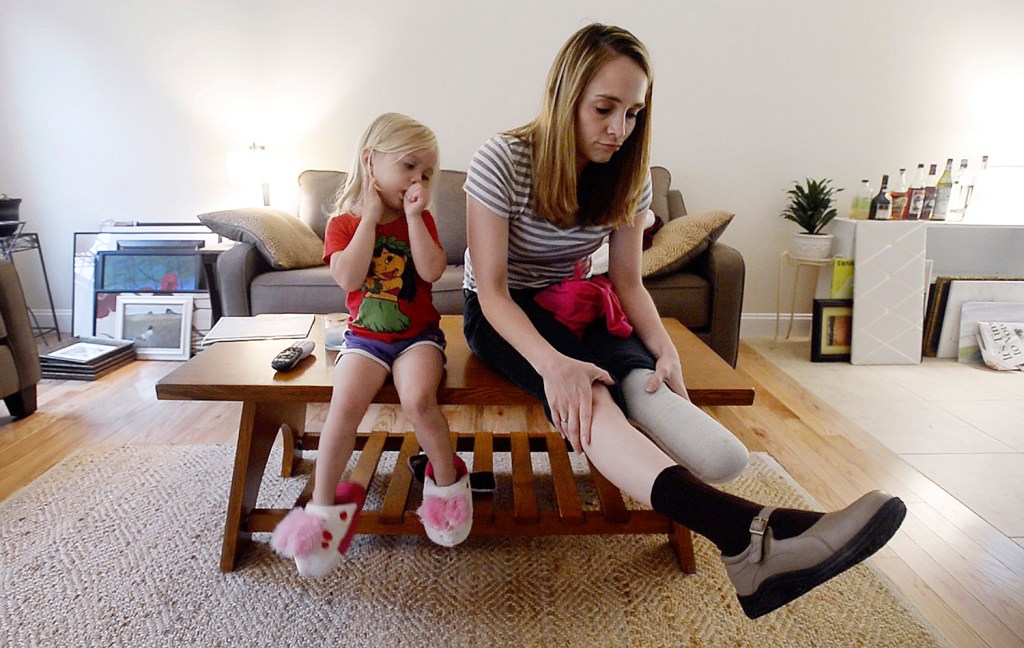
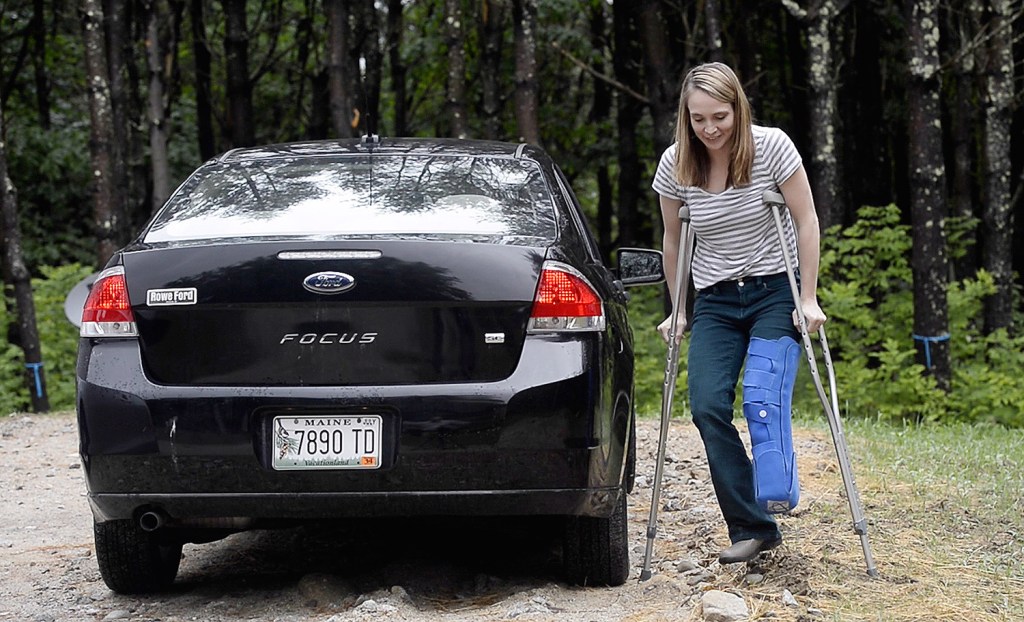
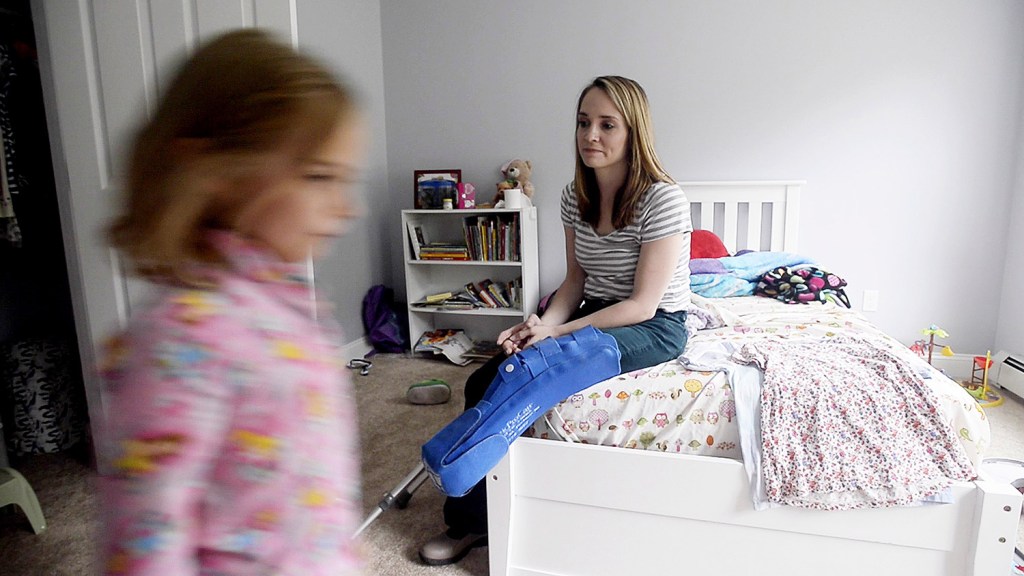
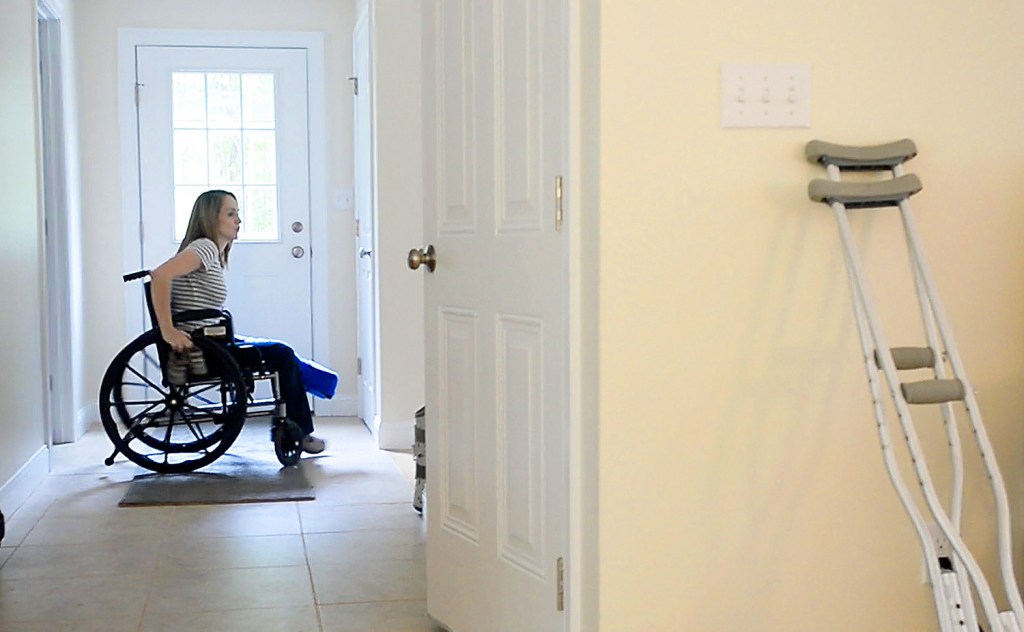
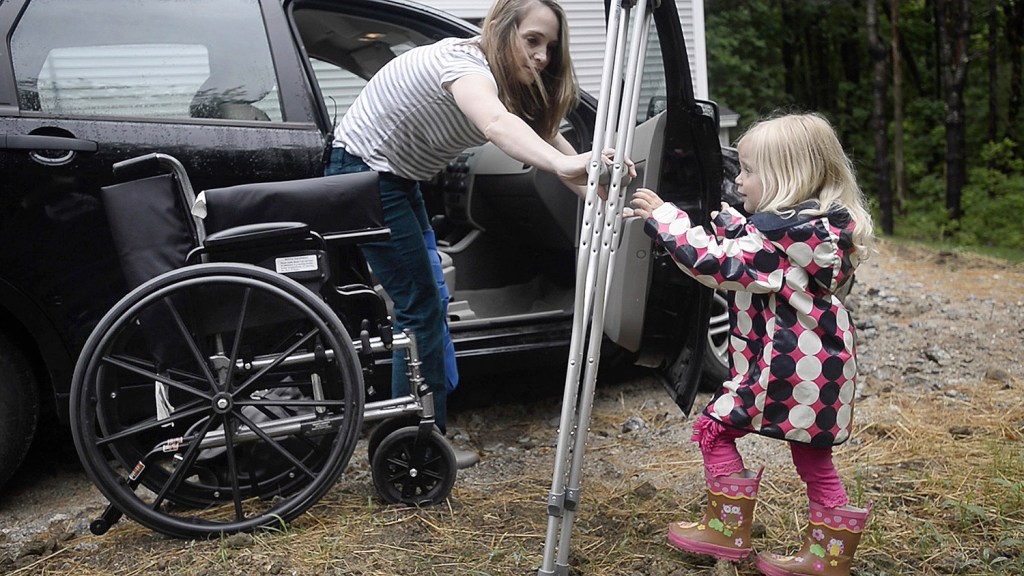

Success. Please wait for the page to reload. If the page does not reload within 5 seconds, please refresh the page.
Enter your email and password to access comments.
Hi, to comment on stories you must . This profile is in addition to your subscription and website login.
Already have a commenting profile? .
Invalid username/password.
Please check your email to confirm and complete your registration.
Only subscribers are eligible to post comments. Please subscribe or login first for digital access. Here’s why.
Use the form below to reset your password. When you've submitted your account email, we will send an email with a reset code.